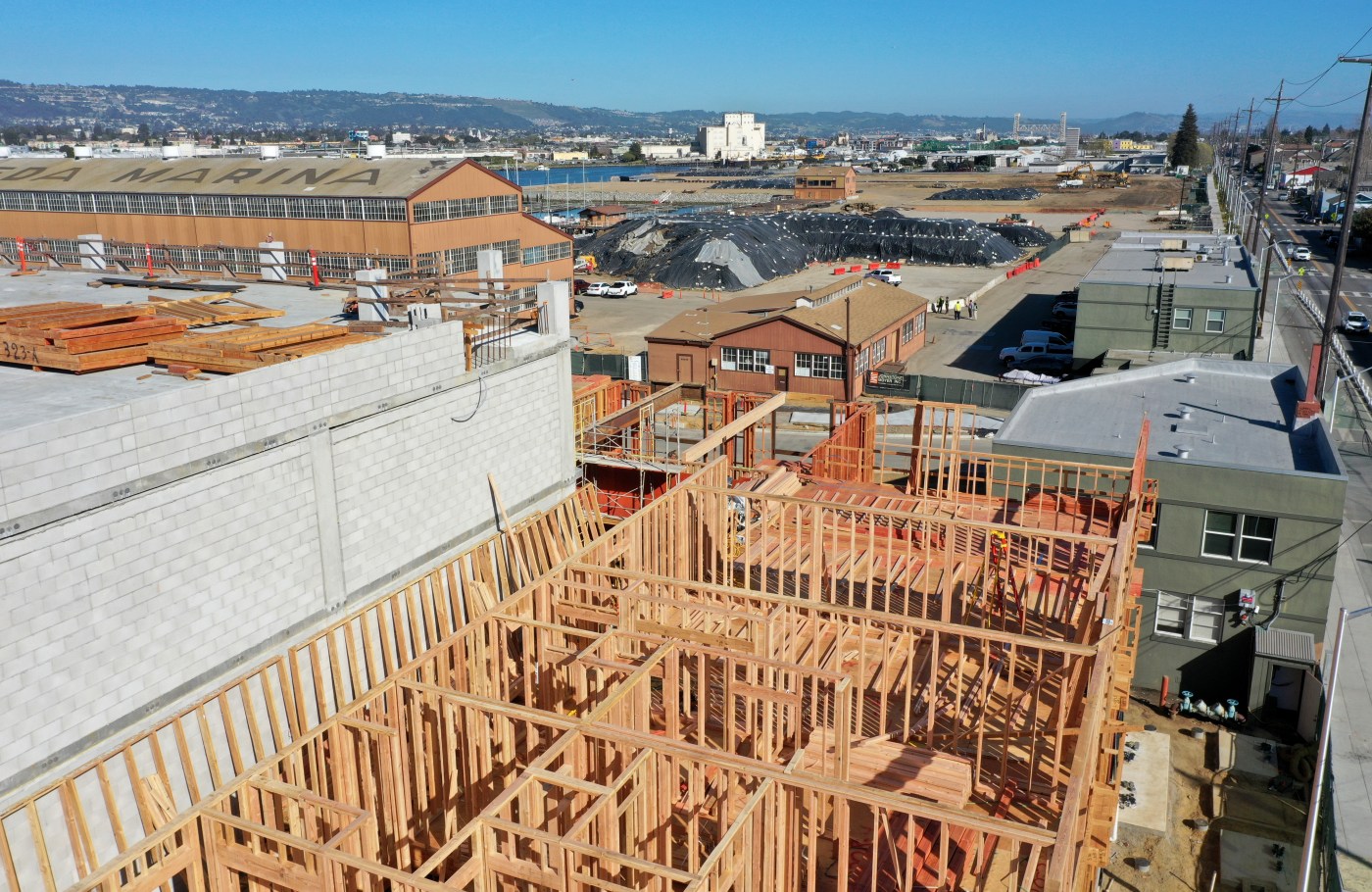When local governments want to build big new infrastructure — affordable housing complexes or transit stations, for example — state law requires them to go to voters to authorize a public spending bond that would be repaid through new property taxes.
These local bonds can only go forward if they get 66.7% of the vote.
Proposition 5 on the November ballot asks voters to lower that threshold to 55%, which would make it easier to fund and build many much-needed infrastructure projects around the Bay Area and the state.
Several local bonds in recent years have fallen just short of approval: In 2022, a $650 million bond in Berkeley that would have funded environmental and housing projects failed to pass after receiving 59% of the vote; that same year, a $400 million bond in San Francisco for transit improvements failed with 65.1% in support, around 10,000 votes short of passing; and in 2018, a $450 million affordable housing bond in San Jose fell short by just two percentage points. An additional 20% to 50% of local bond measures would have passed had Prop 5’s lower threshold been in place, according to California’s nonpartisan Legislative Analyst’s Office.
Supporters, such as the California Democratic Party and several housing and transit advocates, say that the 65% threshold is undemocratic, allowing a minority of voters to control whether a community can build major infrastructure.
“Right now, a minority of voters — 33% — make the decision for local communities,” said Amie Fishman, executive director of the Non-Profit Housing Association of Northern California, which is backing the measure. “What’s important is to have a more democratic approach that empowers local communities and doesn’t allow a small group to block the way.”
Adina Levin, executive director of Seamless Bay Area, a Bay Area transit advocacy group, agreed. “We are strongly supportive of public funding for public transportation, including making it easier for the majority of the public to support public funding for public transportation,” Levin said.
Opponents, which include the Howard Jarvis Taxpayers Association, a conservative anti-tax group, and the California Chamber of Commerce, say that a broader consensus of approval beyond 55% should be required of a bond, which can saddle a community with debt payments for decades. The groups support the current threshold.
The bonds would commit future city councils and boards of supervisors to decades of paying back debt, said Susan Shelley, a spokesperson for Howard Jarvis and the proposition’s opponents.
Already, some exceptions to the 65% threshold exist — in 2000, voters lowered the threshold for school facilities bond measures to 55%.
A lowered threshold would make it easier for local governments to fund more affordable housing, especially as they face a state deadline to produce thousands of units by 2031.
In the nine-county Bay Area, which is expected to build 180,000 affordable units in that time, passing Proposition 5 could pave the way for a $20 billion Bay Area regional housing bond. That bond had been slated to come before voters this November but was pulled off the ballot at the last-minute amid polling figures showing limited support. Backers have said they plan to come back to the housing bond two years from now.
Though Proposition 5 would make it easier for localities to fund affordable housing, it would also come with constraints on where that housing could be built.
That’s because earlier this summer, legislators hashed out a deal to make the proposition more palatable to the California Association of Realtors, which had raised over $22 million to campaign against it. In return for the state real estate lobby withholding its opposition, legislators agreed to an exception that would prevent bond measure money from being used to buy or demolish single-family homes, duplexes, triplexes and fourplexes — the types of homes for which the group’s real estate agents typically earn a commission.
Tenant right groups and some pro-housing advocates spoke out against the last-minute agreement, contending it would “enshrine a discriminatory housing policy in state law,” CalMatters reported.
Related Articles
Election 2024: How to watch the vice presidential debate
Environmentalists sue to block ‘land grab’ ballot measure in Dublin
Editorial: For BART, elect Lang in only competitive East Bay race
Opinion: Proposition 35 harms the very communities it promises to help
Opinion: Prop. 35 will help ensure better health care for more Californians
The real estate group declined to make someone available for an interview, but in a statement said it was “concerned with the use of taxpayer funds to remove entry-level, residential 1-4 unit properties from the market.” The group also said in response to criticism that the exemption was discriminatory that “the share of BIPOC (Black, Indigenous and People of Color) homebuyers has been dramatically increasing” since 2000, and that “allowing for the removal of such homes from the market just when we have a remarkably diverse pool of homebuyers from groups who suffered decades of housing discrimination is a gross injustice.”
The exemption, Fishman, with the Non-Profit Housing Association, said, “ultimately won’t have much practical impact” on how much affordable housing is built along commercial corridors and only “an extremely small slice” requires razing smaller homes.
“This really is the landmark reform that is going to unlock our ability to build the homes we need … while making sure our public infrastructure keeps pace with growth,” she said.












